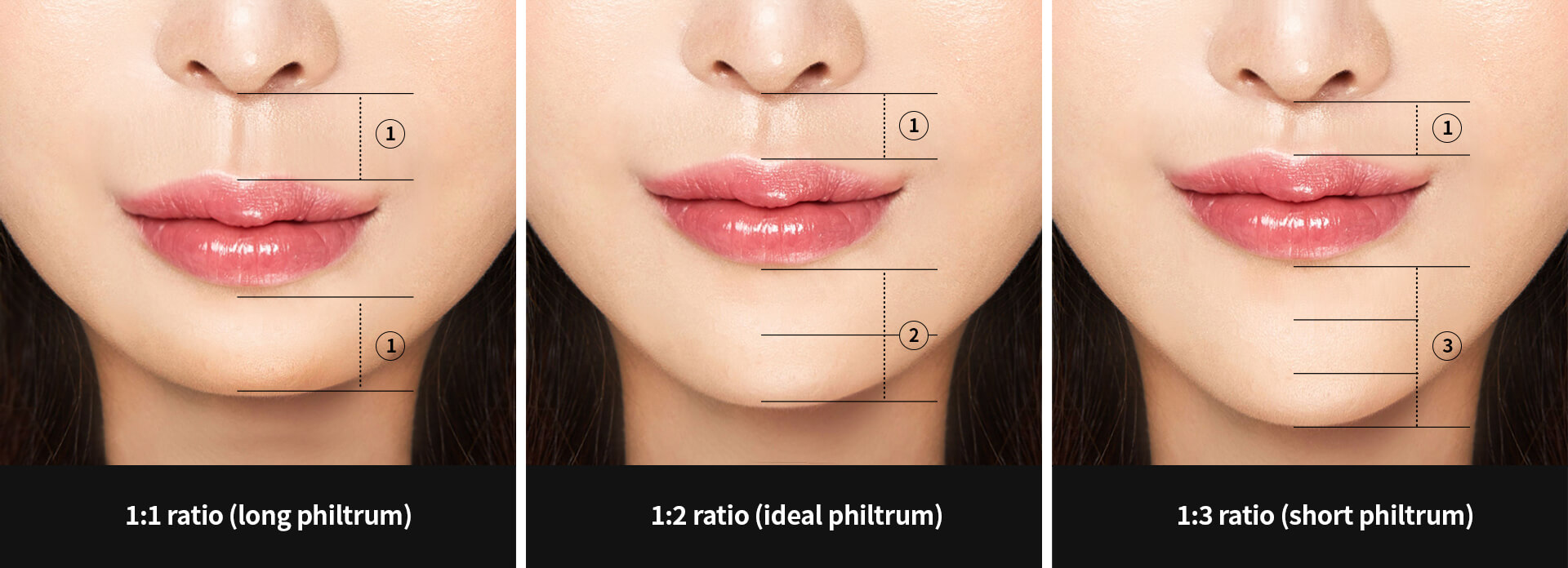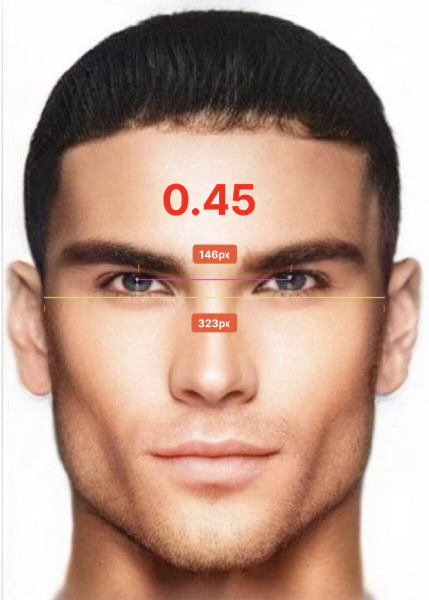high_ltn
True Pretty Boy
- Joined
- Jun 22, 2025
- Posts
- 1,363
- Reputation
- 2,259
The Chin To Philtrum Ratio
Disclaimer: I am aware I'm new to this website, however I will try my best to make this a high quality thread ,
,
Also to my knowledge I understand that this is probably a "water post/thread" but
still read anyway

If I catch a nigger saying dnr, DONT CLICK ON THIS FUCKING THREAD IF YOUR GONNA SAY THAT SHIT
Introduction
Disclaimer: I am aware I'm new to this website, however I will try my best to make this a high quality thread
Also to my knowledge I understand that this is probably a "water post/thread" but
still read anyway
If I catch a nigger saying dnr, DONT CLICK ON THIS FUCKING THREAD IF YOUR GONNA SAY THAT SHIT
Introduction

The chin-to-philtrum ratio is a facial proportion measurement often used in fields like anthropology, orthodontics, cosmetic surgery, and aesthetic analysis. It compares the height of the chin (from the bottom of the lower lip to the bottom of the chin) to the height of the philtrum (from the base of the nose to the top of the upper lip). The lower face (nose base to chin) is divided into two equal parts: Upper lip/philtrum: 1/3 of lower face Chin: 2/3 of lower face This gives an ideal chin
to-philtrum ratio of about 2:1. A short chin (ratio < 2:1) can make the face appear retrusive or “weak.” A long chin (ratio > 2:1) can make the face appear elongated or “strong.”
Why It Matters
1. Facial Balance & Harmony
Our brains are wired to pick up on proportions. The chin-to-philtrum ratio affects how balanced the lower third of the face looks. A roughly 2:1 ratio (chin twice the philtrum height) is often considered the most harmonious.
2. Perceived Attractiveness
Studies in facial aesthetics show people tend to rate faces with "ideal" proportions as more attractive, even across cultures. A short chin may be linked to a “childlike” or weaker appearance. A long chin may make a face look older or more elongated.
3. Sexual Dimorphism
Men and women naturally differ: Men usually have longer, stronger chins (higher ratio). Women often have shorter, softer chins (lower ratio). This ratio helps signal masculinity or femininity.
Conclusion
In summary, the chin-to-philtrum ratio is a prosaic but significant index of face proportion. A desirable ratio of roughly 2:1 is typically correlated with balance, beauty, and sexual dimorphism, with males having relatively longer chins and females shorter chins. Aesthetic considerations apart, this is a valuable measure of facial disproportion that is clinically applied to orthodontics, maxillofacial surgery, and cosmetic planning, helping to define facial growth imbalances and treatment planning.
Examples:


Thanks for reading if you did <3
Tried to make it as high quality as possible despite having little time
Enjoy the rest of your day.
Tried to make it as high quality as possible despite having little time
Enjoy the rest of your day.






